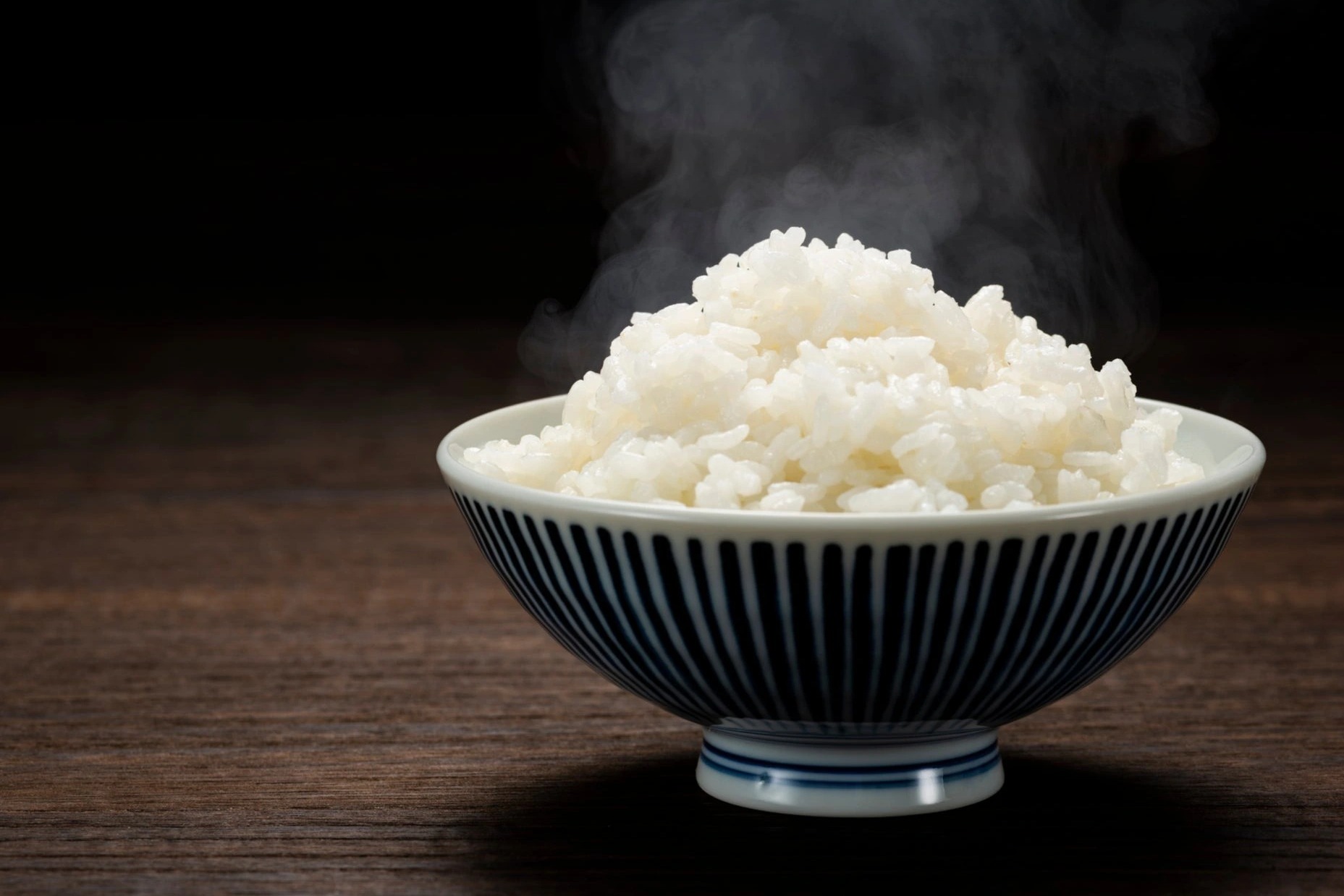TikTok user Linda, with the handle @mamalindacooks, has shared an “Asian mom trick” to reduce starch and calorie intake while still enjoying regular portions.
While it might sound like another harmful dieting gimmick on social media, Dr. Karan Rangarajan has explained the science behind this tip and confirmed its benefits for health and weight management.
“If you’re a rice lover and often have leftovers, this will be your favorite food science hack,” Dr. Karan shared with his 5.2 million TikTok followers.
“Almost any leftover starchy food—rice, bread, pasta, potatoes, beans, oats—if cooked, cooled, then reheated, magically contains fewer calories.”

The secret lies in a chemical process called retrogradation.
When starchy foods are cooled and then reheated, some of the starches transform into resistant starches, which are not digested in the small intestine but instead pass to the large intestine, where they are fermented by gut bacteria.
“These starchy leftovers act like fiber—known as prebiotics—feeding beneficial bacteria such as bifidobacteria and lactobacillus,” Dr. Karan explained.
He also mentioned that these resistant starches can improve bowel movements, increase stool volume, and reduce the risk of colorectal cancer.
Particularly beneficial for diabetics, resistant starches have a low glycemic index, helping to prevent blood sugar spikes after meals and maintaining stable blood glucose levels.
“Additionally, as resistant starch ferments slowly in the gut, it keeps you feeling fuller for longer, curbing hunger cravings and supporting portion control and effective weight loss.”
However, reheating rice can be risky if not done properly due to the potential for “fried rice syndrome.”
Rice may contain spores of the bacterium Bacillus cereus, which produces toxins that cause diarrhea and vomiting if the rice is not stored correctly. While it’s called fried rice syndrome, this can also occur with pasta or potatoes.
Symptoms can appear within 6-12 hours of consumption, and while it’s not usually fatal, those with weakened immune systems are at higher risk. Some severe cases can lead to liver damage.
Here are some tips for safely cooking and storing rice:
– Cook rice in smaller batches instead of making a large amount at once.
– If using a rice cooker, ensure the “keep warm” function maintains a temperature above 65°C (149°F).
– Don’t put a whole pot of hot rice in the fridge—divide it into smaller containers.
– Immediately after portioning, place the rice in the fridge without letting it cool at room temperature.
– If you suspect the rice has gone bad, discard it rather than risk eating it.






























